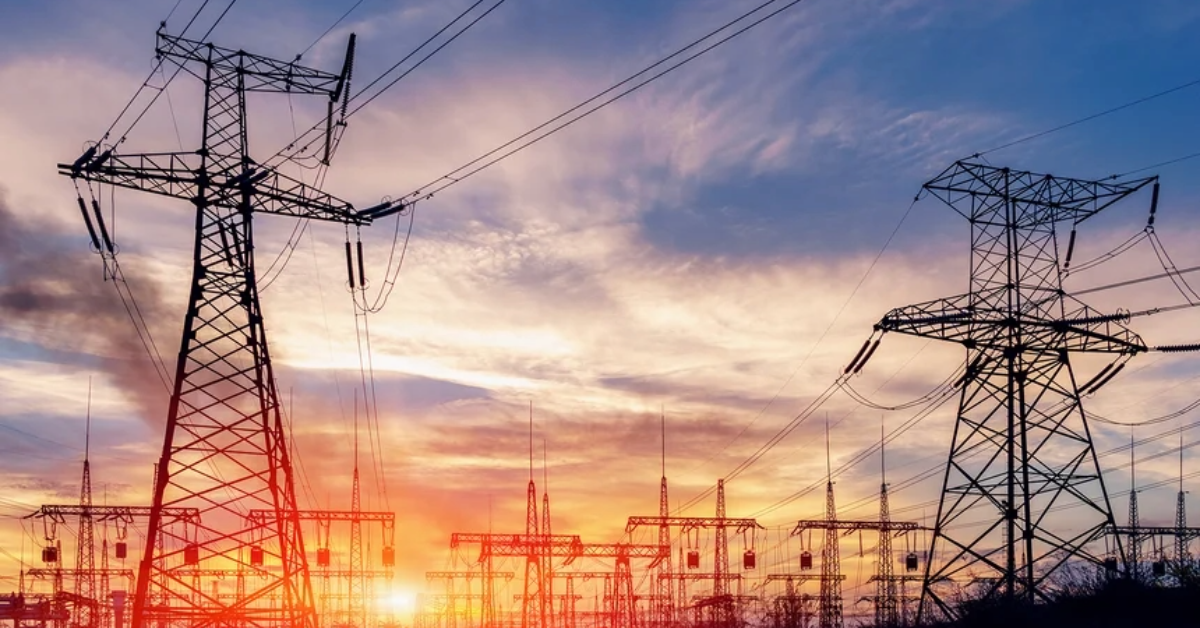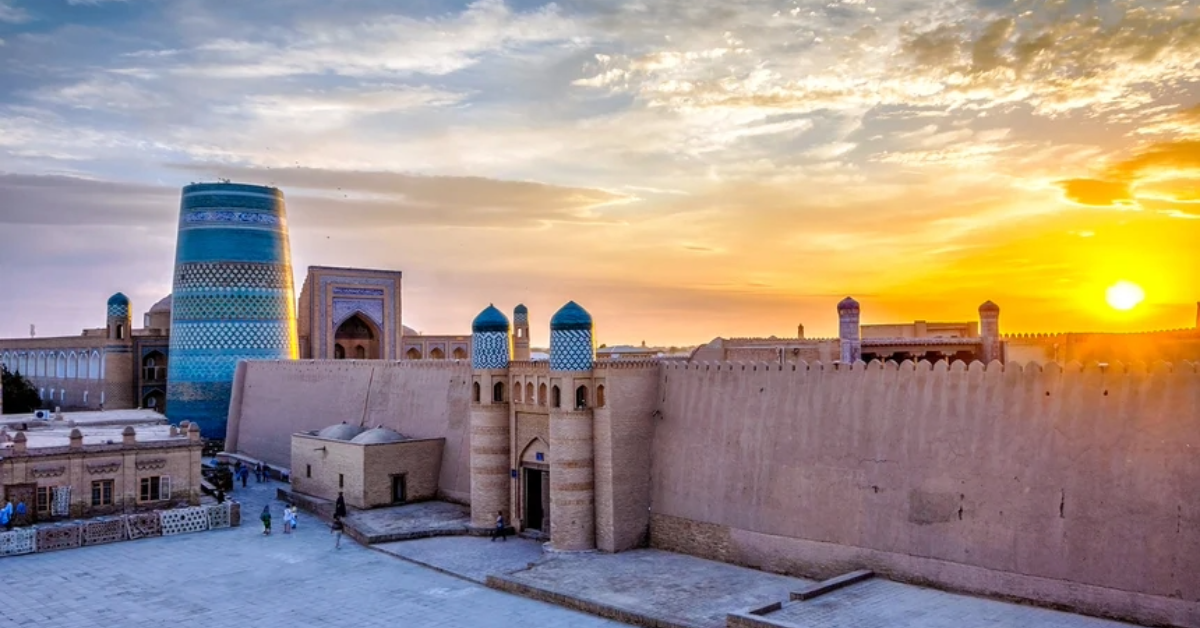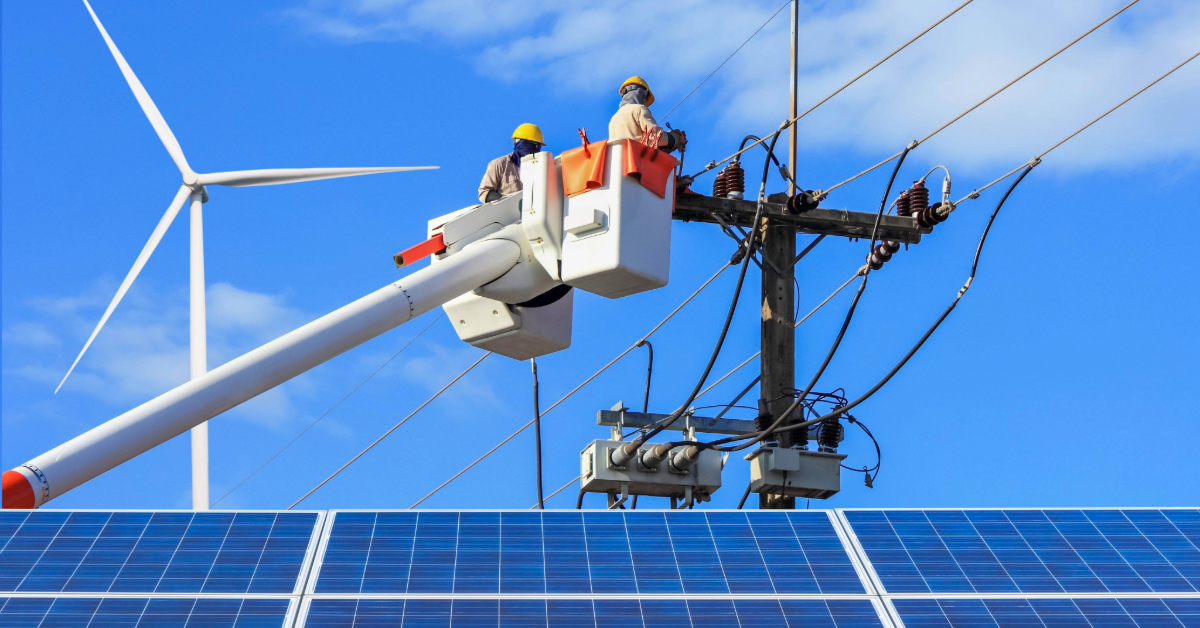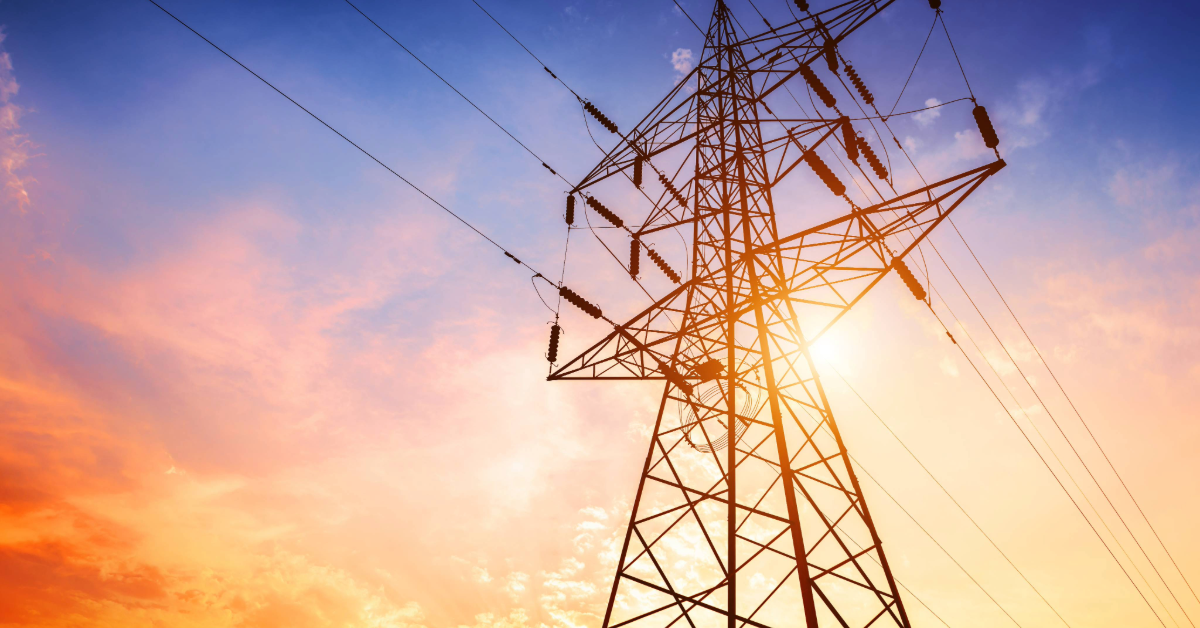Bolstering Uzbekistan's Renewable Power Generation
Uzbekistan, a landlocked country in Central Asia of around the size of California, with a population of approximately 34 million, is rich in natural...
4 min read
 Vijay Kumar
:
June 8, 2023
Vijay Kumar
:
June 8, 2023

Grid infrastructure is the backbone for any economy and as our energy needs and consumption continue to grow, the importance of having a modern and resilient grid becomes increasingly clear.
Climate change, natural disasters, and cyber threats are just a few of the many challenges that our energy infrastructure must be able to withstand to meet energy demand, while also successfully achieving global sustainability goals.
IEA reported that investment in smart grids increased by 6% in 2021 to support the electrification of various sectors such as transport (EVs) to integrate renewables into the grid. To meet 2030 net-zero goals, IEA report that 600 billion USD needs to be invested per year.
Various solutions are available to build a more resilient energy grid infrastructure. Let’s talk about each solution.
Firstly, microgrids are an increasingly popular solution for building a more modern and resilient energy infrastructure. Microgrids are small-scale, localized power systems that can operate independently or in parallel with the main grid. A microgrid which works independently is called an “Off-Grid Microgrid” and a microgrid which is connected to the main grid is called “Grid Connected Microgrid”.
In 2021, Australian Renewable Energy Agency started a $50 million Regional Australia Microgrid Pilot Program (RAMPP). This program helps in funding the microgrid project in Australia that is proven viable through a feasibility study.
Some of the benefits of microgrids are that they can integrate renewable energy resources and energy storage technologies, and provide a more flexible and adaptable energy infrastructure that can better accommodate distributed energy resources and improve grid resilience and reliability.
By operating independently of the main grid, microgrids can also provide an important source of backup power during emergencies and other disruptions.
You can read more from us about different types of microgrids and how to model them here.
Another key factor to consider in modernizing the grid is the integration of energy storage systems. These systems, such as batteries and pumped hydro storage, can help balance the grid by storing excess energy when it is available and releasing it when it is needed. This practice of energy storage systems is called “Arbitrage”.
Energy Storage Systems help by increasing the flexibility of the system by reducing the need for expensive peak plants and other carbon-intensive backup generation. They also help in reducing the impact of intermittent renewable resources, such as wind and solar, by providing a buffer for times when these resources are not available.
As per a recent report by Institute for Energy Economics and Financial Analysis report, India will add around 140-200 GW of battery storage capacity by 2040 which will be the largest seen across the globe. The Indian government have initiated policies to accelerate the growth of energy storage systems which include trajectory for energy storage obligation, Round-The-Clock (RTC) generation (read more about this in a recent post) of a combination of renewable energy, battery storage and production – there is also government-led incentive schemes for domestic production of batteries.
Another solution for building a more modern and resilient grid is the use of advanced sensors and monitoring technologies. These technologies can help utilities detect and respond to grid disruptions more quickly, improving the overall reliability of the grid. For example, sensors can detect voltage fluctuations or other anomalies, allowing utilities to identify and fix problems before they become widespread. Advanced monitoring systems can also help utilities manage energy demand more efficiently, by providing real-time data on energy consumption and usage patterns.
By monitoring the electric grid effectively, countries can reduce incidents such as large-scale blackouts which can have a huge impact on the economy of any country.
Another solution for modernizing the grid is through the use of demand response programs. DSR programs incentivise customers to reduce/shift their energy consumption during times of peak demand, helping to reduce stress on the grid and improve overall reliability. For example, utilities may offer rebates or other incentives to customers who agree to reduce their energy usage during times of high demand. This can help prevent blackouts and brownouts, while also saving customers money on their energy bills.
DSR can be active and passive: In active DSR, users manually reduce their energy consumption in response to the event declared by the supplier, whereas in passive DSR, the supplier will automatically reduce the energy usage with the help of smart technologies like smart meters.
South African utility, ESKOM launched a new Demand Side Management Plan in April 2023. Board Member, Mpho Makwana said, “the effective implementation of the DSM programmes could create a win-win situation – reducing pressure on the power system and enabling consumers to realise cost savings by being more energy conscious and reducing their consumption without affecting business productivity or quality of life”. The utility is already driving energy-efficient programs in South Africa, such as switching from incandescent light bulbs (ICLs) to compact fluorescent lamps (CFL).
Finally, the integration of distributed energy resources, such as solar panels and wind turbines, is another important solution for grid modernization. By decentralizing energy generation, distributed energy resources can help reduce the reliance on centralized power generation and improve the resiliency of the grid.
In distributed energy resources, electricity is generated from renewable resources near its usage instead of the source. DER helps create a 'prosumer' in the system, i.e., the consumer who can produce their own energy and inject it back into the grid if required. This helps consumers to reduce their monthly energy bills while also selling the energy they don’t use to the utility company. Distributed energy resources can also help reduce the carbon footprint of our energy infrastructure by reducing the need for fossil fuels and other carbon-intensive resources.

Uzbekistan, a landlocked country in Central Asia of around the size of California, with a population of approximately 34 million, is rich in natural...

Originally published on Utility Dive on July 08, 2024 Generating and delivering energy to homes and businesses has never been a simple task. In...

The U.S. electric grid and transmission infrastructure are both aging and challenged in their ability to meet future loads. Yet demand continues to...